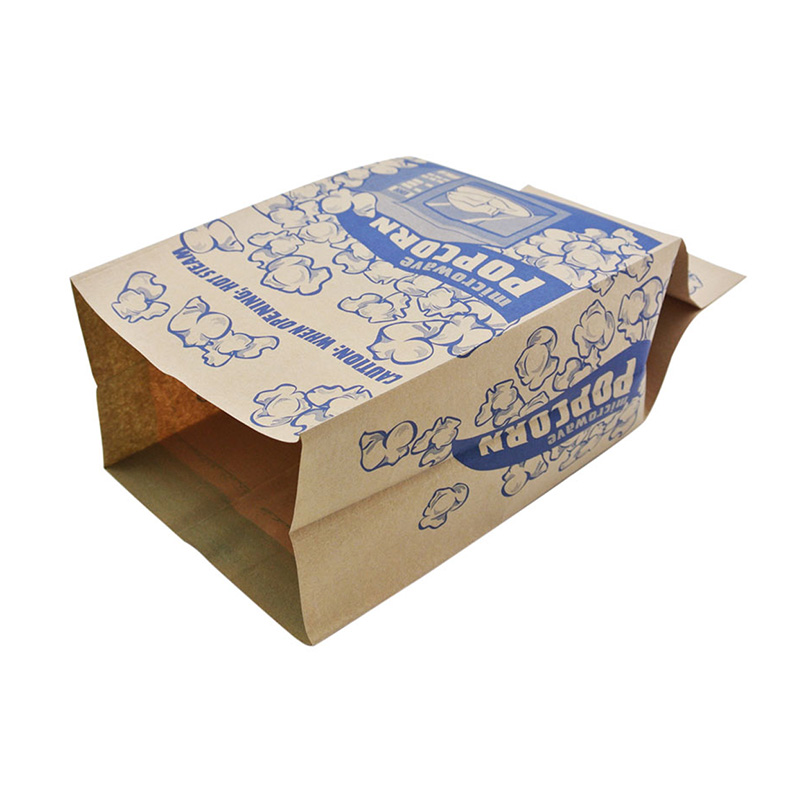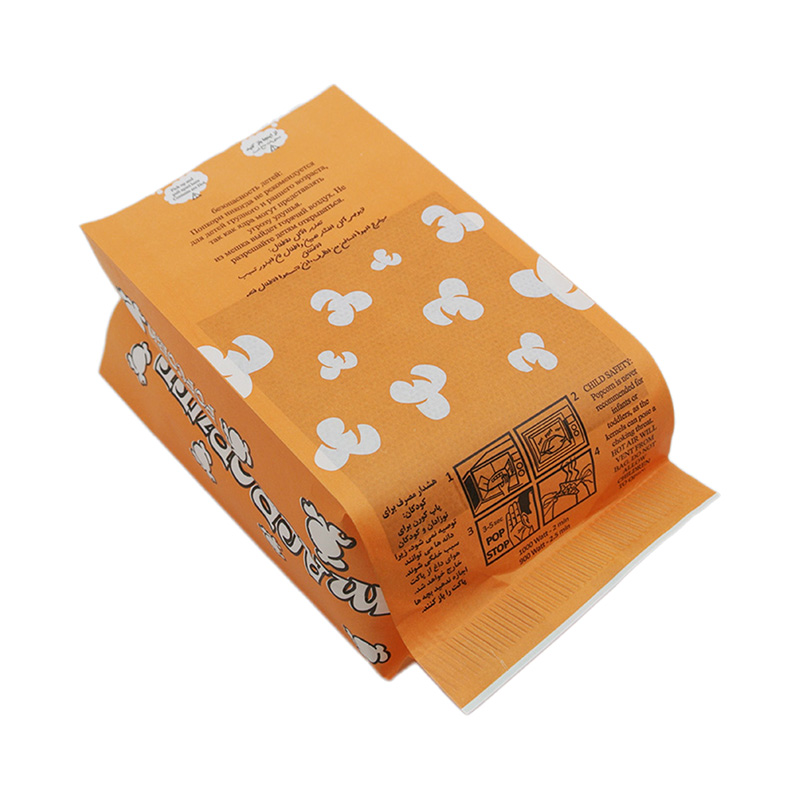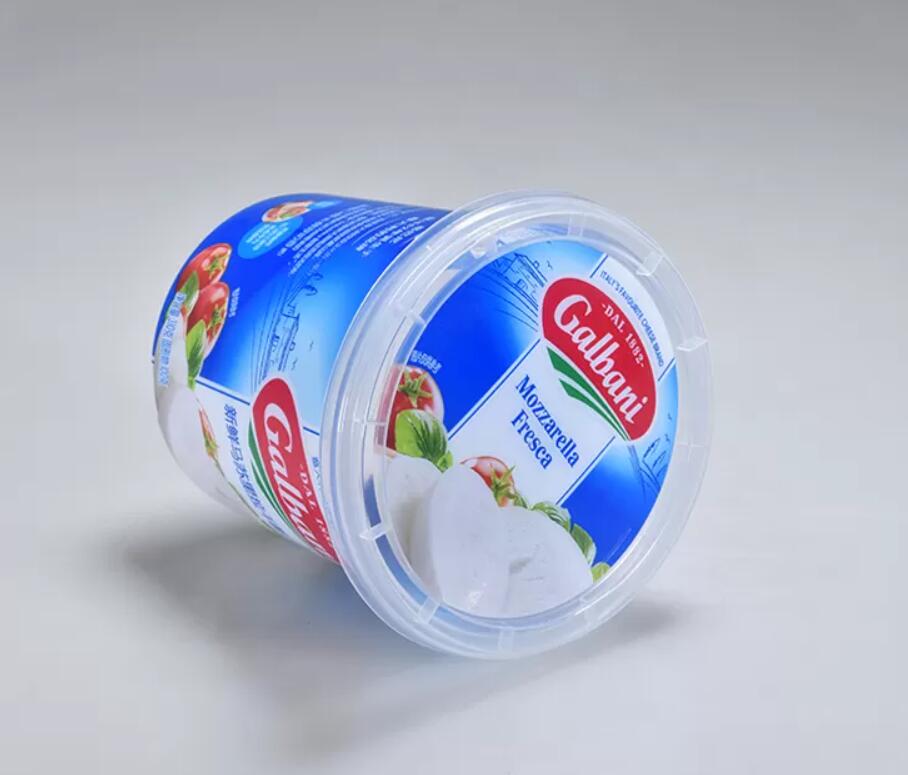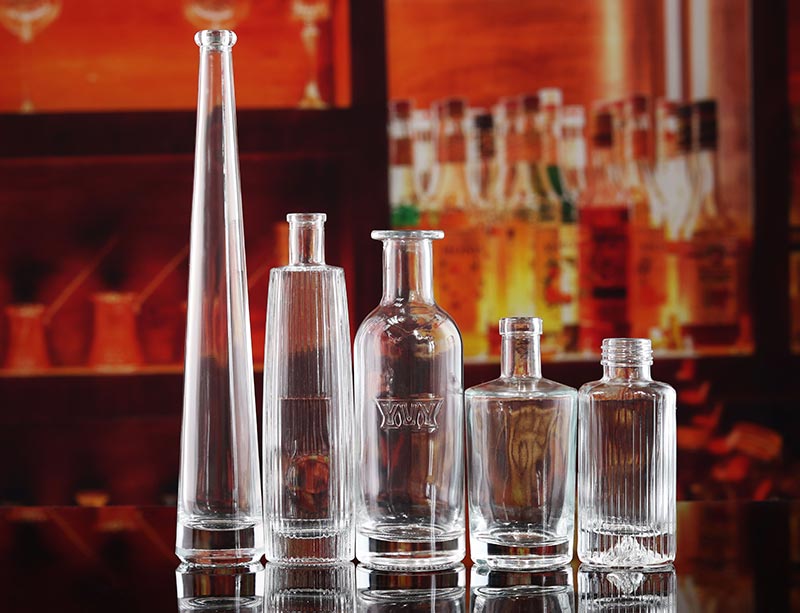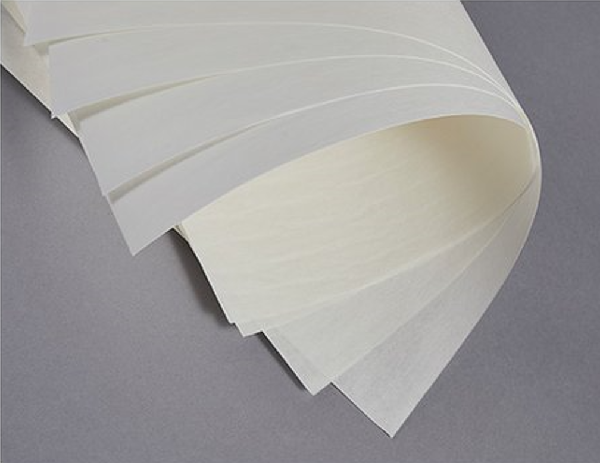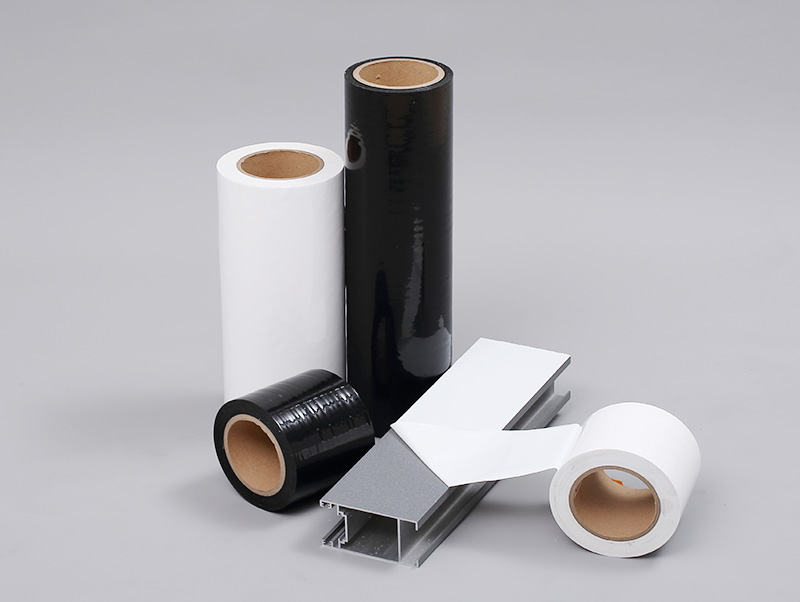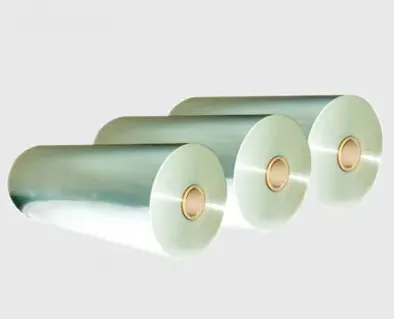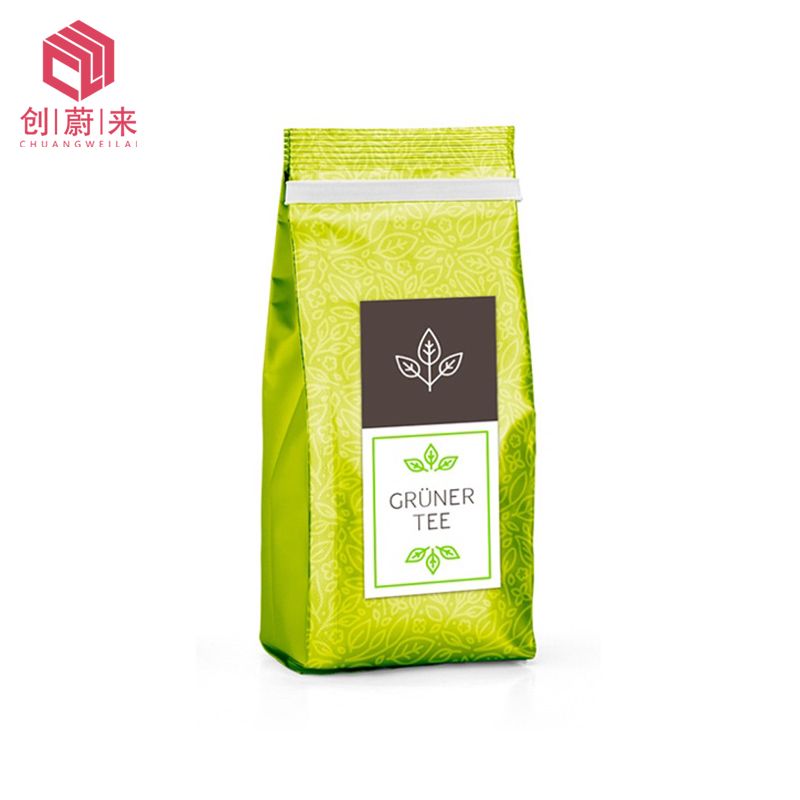How to Choose Erlenmeyer Flasks: Description and Uses
How to Choose Erlenmeyer Flasks: Description and Uses
When choosing Erlenmeyer flasks for your laboratory, it is important to consider their size, material, and intended use. Erlenmeyer flasks are commonly used for mixing, storing, and heating liquids in a laboratory setting. Here are steps to help you choose the right Erlenmeyer flask:Step 1: Determine the Size
Erlenmeyer flasks come in various sizes, ranging from as small as 50 mL to as large as 5000 mL. It is essential to consider the volume of liquid you will be working with when selecting the flask size. Choose a size that will accommodate the amount of liquid you need to work with while allowing for some extra space to prevent spillage.Step 2: Choose the Material
Erlenmeyer flasks are typically made from either borosilicate glass or plastic. Borosilicate glass flasks are durable, heat-resistant, and chemical-resistant, making them ideal for use in a laboratory setting. Plastic flasks, on the other hand, are lightweight and shatterproof, but they may not be suitable for applications involving high temperatures or harsh chemicals. Consider the specific needs of your experiment when choosing the material of the flask.Step 3: Consider the Design
Erlenmeyer flasks feature a conical shape with a narrow neck, which allows for easy mixing and swirling of liquids. Some flasks may also have graduation markings to help with measuring the volume of liquids. Choose a flask with clear and easy-to-read markings if precise measurements are essential for your experiment.Step 4: Check for Compatibility
Before purchasing an Erlenmeyer flask, ensure that it is compatible with the other equipment and materials you will be using in your experiment. Check the neck size of the flask to make sure it fits securely with stoppers or other accessories. Additionally, consider any specific requirements for temperature and chemical resistance to ensure that the flask will withstand the conditions of your experiment.Step 5: Consider the Price
Erlenmeyer flasks vary in price depending on their size, material, and quality. Consider your budget and the frequency of use when selecting a flask. While higher-quality flasks may come at a higher price, they are likely to be more durable and long-lasting, ultimately providing better value for money.By following these steps, you can choose the right Erlenmeyer flask for your laboratory needs. Consider the size, material, design, compatibility, and price of the flask to ensure its suitability for your experiments. Remember to handle Erlenmeyer flasks with care to prevent breakage and accidents in the laboratory.Are you interested in learning more about erlenmeyer flasks description and uses, petg bottles, t75 tissue culture flask? Contact us today to secure an expert consultation!
Additional reading:Tobacco Grinder with Handle: Manual vs Electric Comparison
Why Is Pizza Round But The Box Is Square?
Ideas for Incorporating Shrink Film into Creative Promotional Packaging Designs
Choosing the Right LPG Gas Cylinder: Size, Capacity, and Usage Considerations
Where Can I Find Custom Jewelry Packaging Suppliers?
Benefits of UV Curable Ink in Screen and Digital Printing
What are the Uses of Sticky Sublimation Paper?Additional reading:
Non-Wet Strength Metallized Paper: Revolutionizing Packaging Solutions
Choosing the Perfect Industrial Barcode Printer for Your Business
How to Choose the Right CNG Cylinder: A Comprehensive Guide
The Science and Art of Microwave Popcorn Bags: Popping Perfection at Your Fingertips
Things To Consider When Choosing Frozen Food Pouches
The Benefits of Watch Winders: Keeping Timepiece Excellence Alive
Understanding the Ideal Plastic for Cosmetic Bottles




